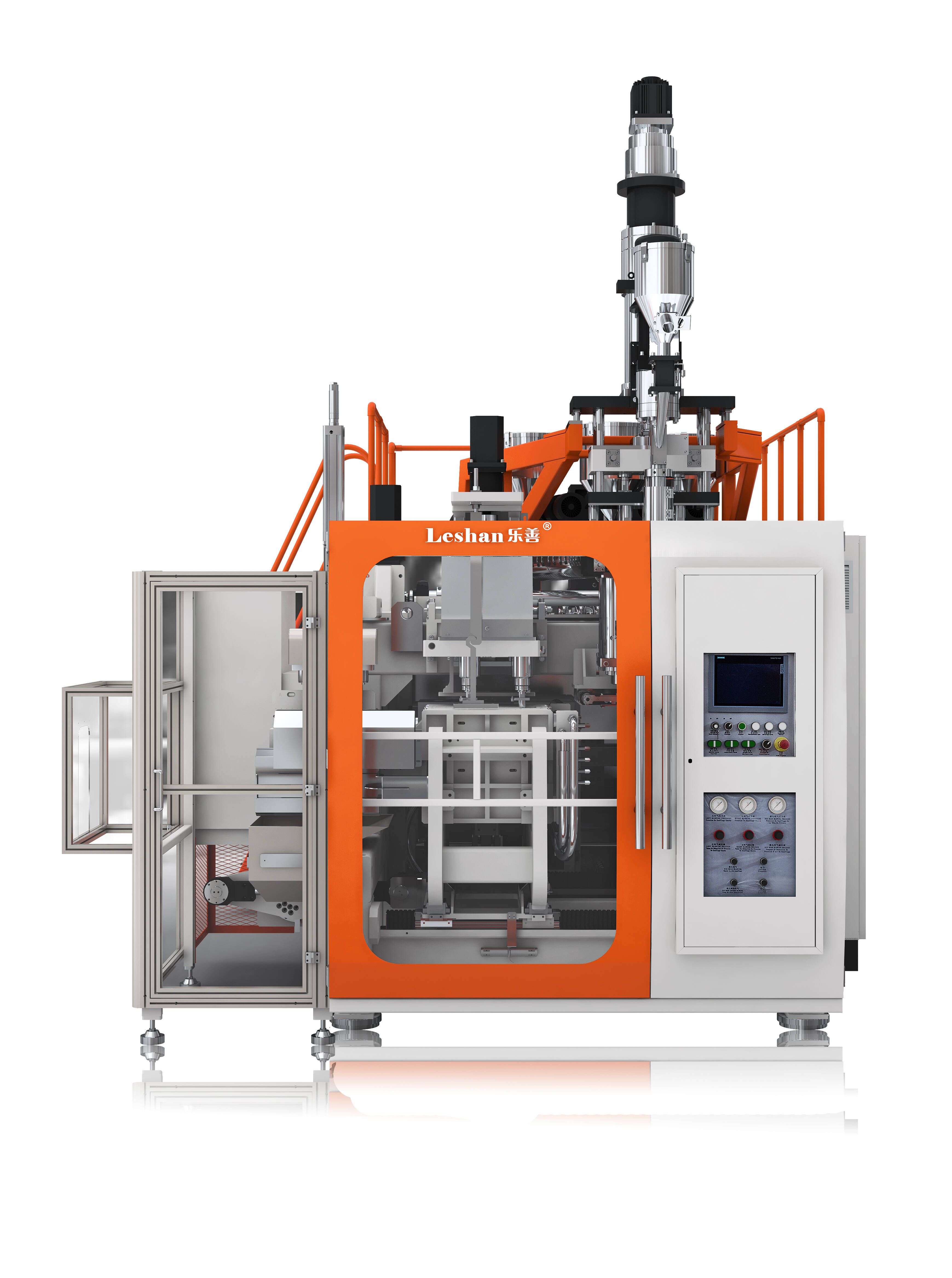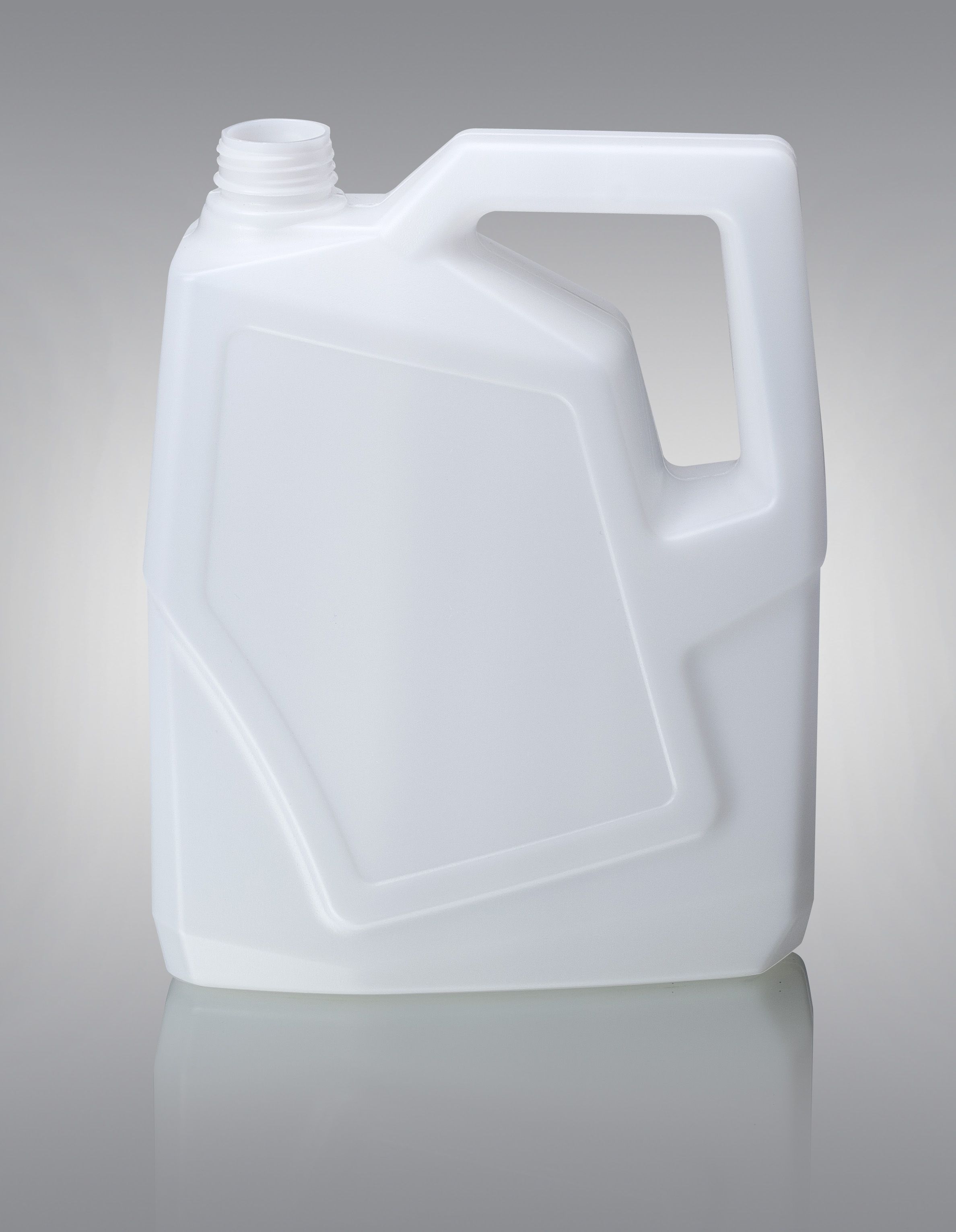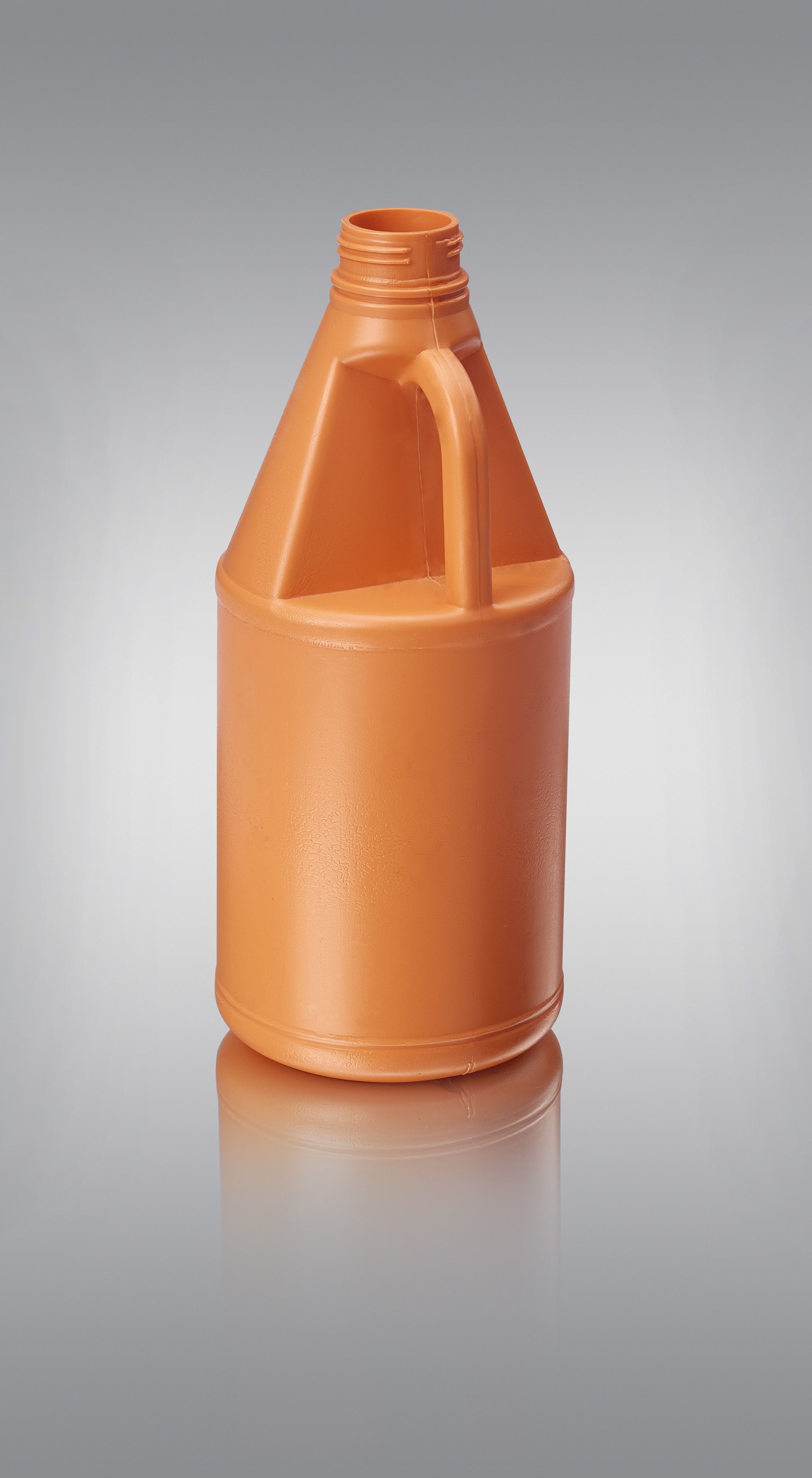
Blow Extrusion Moulding Machine
Blow Extrusion Moulding Machine
Leshan Intelligent Equipment Company is a well-known firm of expert China blow molding machine supplier that provides you with the finest solution when it comes to plastic production. With the guaranteed optimal production of plastic bottles, the top-tier China bottle blow molding machine manufacturer We introduce our customers to the latest machinery technology so that they can improve the productivity in their industries and provide high-quality products to their customers.
Our main products include Hydraulic Blow Molding Machine, All-Electric PET Blow Molding Machine,High-precision Mould,Daily chemistry bottle blow molding machine,Food bottle blow molding machine,PET Machine,Chemical barrel blow molding machine,athlon series hydraulic machine,Engine oil bottle blow molding machine,multi-layer coextrusion blow molding machine,Cleaning bottle blow molding machine,Blowing Mould & Injection Mould,etc.Both various regions sales team and service network are dedicating to supply the impeccable pre-sales and after-sales service. We also offer the fastest reaction and solution to clients'questions and requirements.
| Parameter | Information |
| Product Name | blow extrusion moulding machine |
| Brand Name | Leshan |
| Place of Origin | Foshan,China |
| PLC Brand | Siemens |
| Core Components | Motor,Engine,Pressure vessel,Pump,Bearing...etc |
| Warranty | 1year |
| Plastic Processed | PE,PC,PVC,EVA,PP,Polystyrene,ABS...etc |
| Application | Bottle |
| Port | ShunDe/GuangZhou/ShenZhen China |
| MOQ | 1 Set |
| Export Country | Russia, Australia, Poland,Tanzania,Mauritania,Japan...etc |
| Export region | Asia,Europe,America... |
| Certification | ISO 9001,CE...etc |
| Automatic | Yes |
| Screw L/D Ratio | 24 |
| Packaging Details | Standard exporting machine packing with plastic film |
| Color | Customized |
| Accumulator Capacity(L) | 100 L |
| Service | Free spare parts... |
| Supply Ability | 500 Set/Sets per Month |
| Lead time (days) | 70 (To be negotiated) |
Please note: The above table data is for reference only. For specific information, please contact us.

As a commonly used plastic processing machine, blow extrusion moulding machine has the characteristics of powerful functions and easy operation. It can complete the heating, plasticizing, blowing, cooling and other processes of plastic in one mold feeding and molding process, thereby making the product lightweight, durable, transparent and other advantages.
At the same time, the blow molding machine also has high production efficiency, can continuously produce large quantities of products, and is suitable for manufacturing plastic containers of various specifications and shapes.

blow extrusion moulding machine---FAQs Guide
2.What materials can be used to manufacture blow extrusion moulding machine?
3.Why does the blow molding machine make so much noise when it exhausts?
4.How to design the shaping mold for blow extrusion moulding machine?
5.What are the precautions for operating a blow extrusion moulding machine?
6.How do blow extrusion moulding machine manufacturers control variables like temperature, pressure, and blow time in the blow molding process to ensure consistent product quality?
7.What energy-saving measures are there for blow extrusion moulding machine?
8.What is the difference between traditional blow extrusion moulding machine and fully computer-controlled blow molding machines?
9.How does the extrusion blow molding process differ from injection blow molding, and what types of products are typically produced using each method?
10.Where is your factory located? How can I visit there?
11.How to solve the malfunction of the blow extrusion moulding machine?
1.What are the general raw materials for blow extrusion moulding machine?
We pay attention to employee development and benefits, and provide a good working environment in order to improve the efficiency of employees and improve the quality management of blow extrusion moulding machine products.
1. Plastic Resin: The most common raw material used in blow molding machines is plastic resin, which is melted and formed into a hollow tube to create the desired shape.
2. Colorants: Colorants are added to the plastic resin to give the final product its desired color.
3. Additives: Additives such as UV stabilizers, antioxidants, and flame retardants may be added to the plastic resin to improve the properties of the final product.
4. Compressed Air: Compressed air is used to inflate the plastic tube and shape it against the mold.
5. Mold Release Agents: Mold release agents are used to prevent the plastic from sticking to the mold during the molding process.
6. Lubricants: Lubricants are used to reduce friction between the plastic and the mold, making it easier to remove the final product.
7. Cooling Water: Cooling water is used to cool the plastic and solidify it into the desired shape.
8. Mold Inserts: Mold inserts are used to create specific features or details on the final product.
9. Labels and Packaging Materials: Labels and packaging materials may be added to the final product after it has been molded.
10. Recycled Materials: Some blow molding machines may also use recycled plastic materials as a raw material, reducing waste and promoting sustainability.
2.What materials can be used to manufacture blow extrusion moulding machine?
We should enjoy a good reputation in the industry, and we can increase the added value of the products of cooperative customers through technological innovation.
1. Steel: The main structural material used in blow molding machines is steel, which provides strength and durability to the machine.
2. Aluminum: Some parts of the machine, such as the extruder, may be made from aluminum due to its lightweight and corrosion-resistant properties.
3. Plastic: The molds used in blow molding machines are typically made from plastic, such as high-density polyethylene (HDPE) or polypropylene (PP).
4. Rubber: Rubber is used for seals and gaskets in the machine to prevent leakage and ensure airtightness.
5. Brass: Brass is used for valves and fittings in the machine due to its corrosion resistance and ability to withstand high temperatures.
6. Copper: Copper is used for electrical components and wiring in the machine due to its good conductivity.
7. Stainless steel: Some parts of the machine, such as the heating elements, may be made from stainless steel due to its resistance to corrosion and high temperatures.
8. Glass: Glass is used for the viewing window on the machine, allowing operators to monitor the production process.
9. Ceramic: Ceramic is used for heating elements and insulation in the machine due to its ability to withstand high temperatures.
10. Composites: Some parts of the machine, such as the control panel, may be made from composite materials, which offer a combination of strength, durability, and lightweight properties.
3.Why does the blow molding machine make so much noise when it exhausts?
The exhaust valve is blocked or the exhaust valve and exhaust pipe are too small.
4.How to design the shaping mold for blow extrusion moulding machine?
We continuously upgrade our skills and knowledge to adapt to changing blow extrusion moulding machine market needs.
1. Determine the shape and size of the final product: The first step in designing a shaping mold for blow molding machines is to determine the shape and size of the final product. This will help in determining the overall dimensions and features of the mold.
2. Choose the type of blow molding machine: There are different types of blow molding machines such as extrusion blow molding, injection blow molding, and stretch blow molding. Each type requires a different type of mold design, so it is important to choose the right type of machine for your product.
3. Create a 3D model of the product: Using CAD software, create a 3D model of the product to be molded. This will help in visualizing the final product and identifying any potential design issues.
4. Determine the number of cavities: The number of cavities in the mold will depend on the production volume and the size of the product. More cavities will increase the production rate, but it will also increase the complexity and cost of the mold.
5. Design the core and cavity: The core and cavity are the two main components of the mold. The core is the inner part of the mold that shapes the product, while the cavity is the outer part that gives the product its final shape. The design of these components should be precise and accurate to ensure a high-quality product.
6. Consider draft angles: Draft angles are important in blow molding as they allow the product to be easily removed from the mold. A draft angle of 3-5 degrees is recommended for most products.
7. Add cooling channels: Cooling channels are essential for maintaining the temperature of the mold during the molding process. These channels should be strategically placed to ensure uniform cooling and prevent warping of the product.
8. Include ejection system: An ejection system is used to remove the product from the mold after it has been formed. This can be in the form of pins, air blasts, or mechanical ejection systems.
9. Test and refine the design: Once the initial design is complete, it is important to test it on a prototype mold to identify any design flaws or issues. This will help in refining the design before the final mold is produced.
10. Consider material selection: The material used for the mold should be able to withstand high temperatures and pressures. Common materials used for blow molding molds include aluminum, steel, and beryllium copper.
11. Work with a professional mold maker: It is recommended to work with a professional mold maker who has experience in designing molds for blow molding machines. They can provide valuable insights and ensure that the mold is designed to meet your specific requirements.
5.What are the precautions for operating a blow extrusion moulding machine?
We operate our blow extrusion moulding machine business with integrity and honesty.
1. Read the manual: Before operating the blow molding machine, it is important to thoroughly read and understand the manual provided by the manufacturer. This will help you understand the machine's capabilities, limitations, and safety precautions.
2. Wear appropriate protective gear: Always wear appropriate protective gear, such as safety glasses, gloves, and earplugs, when operating the blow molding machine. This will protect you from any potential hazards.
3. Keep the work area clean: Make sure the work area is clean and free of any debris or obstructions. This will prevent accidents and ensure smooth operation of the machine.
4. Check the machine before use: Before starting the machine, check for any loose or damaged parts. Make sure all the safety guards are in place and functioning properly.
5. Use the correct materials: Use only the materials recommended by the manufacturer for the blow molding machine. Using the wrong materials can damage the machine and pose a safety risk.
6. Follow proper loading procedures: When loading materials into the machine, make sure to follow the proper procedures outlined in the manual. This will ensure the materials are loaded correctly and prevent any accidents.
7. Do not touch moving parts: Never touch any moving parts of the machine while it is in operation. This includes the mold, extruder, and other moving components.
8. Keep hands and clothing away from the machine: Keep your hands and clothing away from the machine while it is in operation. Loose clothing or jewelry can get caught in the machine and cause serious injuries.
9. Do not leave the machine unattended: Always stay with the machine while it is in operation. If you need to leave the machine for any reason, make sure to turn it off and wait for it to come to a complete stop before leaving.
10. Shut down properly: When finished using the machine, shut it down properly following the manufacturer's instructions. This will help prevent any accidents and prolong the life of the machine.

6.How do blow extrusion moulding machine manufacturers control variables like temperature, pressure, and blow time in the blow molding process to ensure consistent product quality?
We pay attention to the transformation of intellectual property protection and innovation achievements. Your OEM or ODM order design we have a complete confidentiality system.
1. Temperature Control: Blow molding machines have heating elements that are used to heat the plastic material to a specific temperature before it is blown into the mold. The temperature is controlled by sensors and thermostats that monitor and adjust the temperature as needed. This ensures that the plastic material is at the optimal temperature for the blow molding process, which helps to produce consistent product quality.
2. Pressure Control: The pressure in the blow molding process is controlled by the air pressure in the mold. The blow molding machine has a pressure regulator that controls the amount of air that is blown into the mold. This pressure is monitored and adjusted to ensure that it is consistent throughout the molding process. This helps to ensure that the plastic material is evenly distributed and that the final product has consistent wall thickness.
3. Blow Time Control: The blow time refers to the amount of time that the air is blown into the mold to inflate the plastic material. This is a critical variable in the blow molding process as it determines the final shape and size of the product. Blow molding machines have timers that control the duration of the blow time, and these can be adjusted to ensure consistent product quality.
4. Process Monitoring: Blow molding machine manufacturers also use advanced process monitoring systems to track and control the variables in the blow molding process. These systems use sensors and software to monitor and adjust the temperature, pressure, and blow time in real-time. This helps to ensure that any variations in these variables are immediately detected and corrected, resulting in consistent product quality.
5. Quality Control: In addition to controlling the variables during the blow molding process, manufacturers also have quality control measures in place to ensure consistent product quality. This includes regular testing and inspection of the final products to check for any defects or variations. Any issues are identified and addressed to maintain the desired level of product quality.
7.What energy-saving measures are there for blow extrusion moulding machine?
I have a comprehensive after -sales service system, which can pay attention to market trends in time and adjust our strategy in a timely manner.
1. Use energy-efficient motors: Switching to energy-efficient motors can significantly reduce the energy consumption of a blow molding machine. These motors use less electricity and produce less heat, resulting in lower energy costs.
2. Optimize air pressure: Adjusting the air pressure to the minimum required level can reduce the energy consumption of the compressor and save energy.
3. Use variable frequency drives (VFDs): VFDs can adjust the speed of the motor to match the required output, reducing energy consumption and wear on the motor.
4. Insulate heating elements: Insulating the heating elements of the machine can reduce heat loss and improve energy efficiency.
5. Use LED lighting: Replacing traditional lighting with energy-efficient LED lights can reduce energy consumption and save on electricity costs.
6. Regular maintenance: Proper maintenance of the machine, including cleaning and lubrication, can improve its efficiency and reduce energy consumption.
7. Implement a shutdown schedule: Setting a shutdown schedule for the machine when it is not in use can save energy and reduce wear and tear on the machine.
8. Use energy-efficient materials: Using energy-efficient materials, such as lightweight plastics, can reduce the energy required to produce and transport the products.
9. Implement a heat recovery system: A heat recovery system can capture and reuse the heat generated during the blow molding process, reducing the energy needed to heat the material.
10. Invest in a high-efficiency machine: Upgrading to a newer, more energy-efficient blow molding machine can result in significant energy savings in the long run.
8.What is the difference between traditional blow extrusion moulding machine and fully computer-controlled blow molding machines?
We have the leading technology and innovation capabilities, and attach importance to employee training and development, and provide promotion opportunities.
Traditional blow molding machines are operated manually by a person, while fully computer-controlled blow molding machines are operated by a computer program. This means that traditional blow molding machines require more human labor and supervision, while fully computer-controlled machines can run automatically with minimal human intervention.
Additionally, traditional blow molding machines may have limited capabilities and may only be able to produce simple shapes, while fully computer-controlled machines can produce more complex and precise shapes. This is because the computer program can control the machine's movements and parameters with greater accuracy and consistency.
Furthermore, fully computer-controlled blow molding machines often have advanced features such as real-time monitoring, data collection, and automatic adjustments, which can improve efficiency and quality control.
Overall, the main difference between traditional blow molding machines and fully computer-controlled machines is the level of automation and precision in the production process.
9.How does the extrusion blow molding process differ from injection blow molding, and what types of products are typically produced using each method?
We have been working hard to improve service quality and meet customer needs.
Extrusion blow molding and injection blow molding are two different processes used to manufacture plastic products. While both methods involve melting plastic and shaping it into a desired form, there are some key differences between the two.
Extrusion blow molding is a process in which a molten tube of plastic, called a parison, is extruded through a die and then inflated to form a hollow product. The parison is then cooled and the mold opens to release the finished product. This process is commonly used to produce bottles, containers, and other hollow objects.
On the other hand, injection blow molding involves injecting molten plastic into a mold cavity, where it is then cooled and solidified. The mold then opens to release the finished product. This process is commonly used to produce small, complex, and precise products such as medical devices, pharmaceutical packaging, and small bottles.
One of the main differences between the two processes is the way the plastic is shaped. In extrusion blow molding, the plastic is shaped by the inflation of the parison, while in injection blow molding, the plastic is shaped by the mold cavity.
Another difference is the type of molds used. In extrusion blow molding, the molds are typically made of two halves that come together to form the desired shape. In injection blow molding, the molds are usually made of a single piece that is opened and closed to release the product.
The type of plastic used also differs between the two processes. Extrusion blow molding is typically used for high-density polyethylene (HDPE) and polyethylene terephthalate (PET) plastics, while injection blow molding is commonly used for polypropylene (PP) and polyethylene (PE) plastics.
In terms of product applications, extrusion blow molding is commonly used for larger, more simple products such as bottles and containers, while injection blow molding is used for smaller, more complex products such as medical devices and pharmaceutical packaging.
In summary, extrusion blow molding and injection blow molding are two different processes used to manufacture plastic products. While both methods involve melting plastic and shaping it into a desired form, they differ in the way the plastic is shaped, the type of molds used, and the types of products produced.
10.Where is your factory located? How can I visit there?
Our factory is located in Shunde, Foshan City, Guangdong Province, China. All our clients, from home or abroad, are warmly welcome to visit us!

11.How to solve the malfunction of the blow extrusion moulding machine?
As one of the top blow extrusion moulding machine manufacturers in China, we take this very seriously.
1. Check the power supply: Make sure the machine is properly connected to a stable power source. If there is a power surge or fluctuation, it can cause the machine to malfunction.
2. Inspect the air supply: The blow molding machine requires a steady supply of compressed air to function properly. Check the air compressor and make sure it is providing enough pressure and volume.
3. Check the temperature settings: The temperature of the machine's heating elements must be set correctly for the plastic to melt and form properly. Make sure the temperature settings are appropriate for the type of plastic being used.
4. Clean and lubricate the machine: Over time, dust, debris, and residue can build up on the machine, causing it to malfunction. Clean and lubricate all moving parts to ensure smooth operation.
5. Check for worn or damaged parts: Inspect all parts of the machine for wear and tear. Replace any damaged or worn parts to prevent further malfunctions.
6. Adjust the mold: If the product being produced is not forming correctly, the mold may need to be adjusted. Make sure the mold is properly aligned and tightened.
7. Consult the manual: If the above steps do not solve the problem, consult the machine's manual for troubleshooting tips and solutions specific to your machine.
8. Call a professional: If the problem persists, it may be best to call a professional technician to diagnose and repair the machine. Attempting to fix complex issues without proper knowledge and training can cause further damage.
Tags: professional small blow molding machine , extrusion bottle blow molding machine
